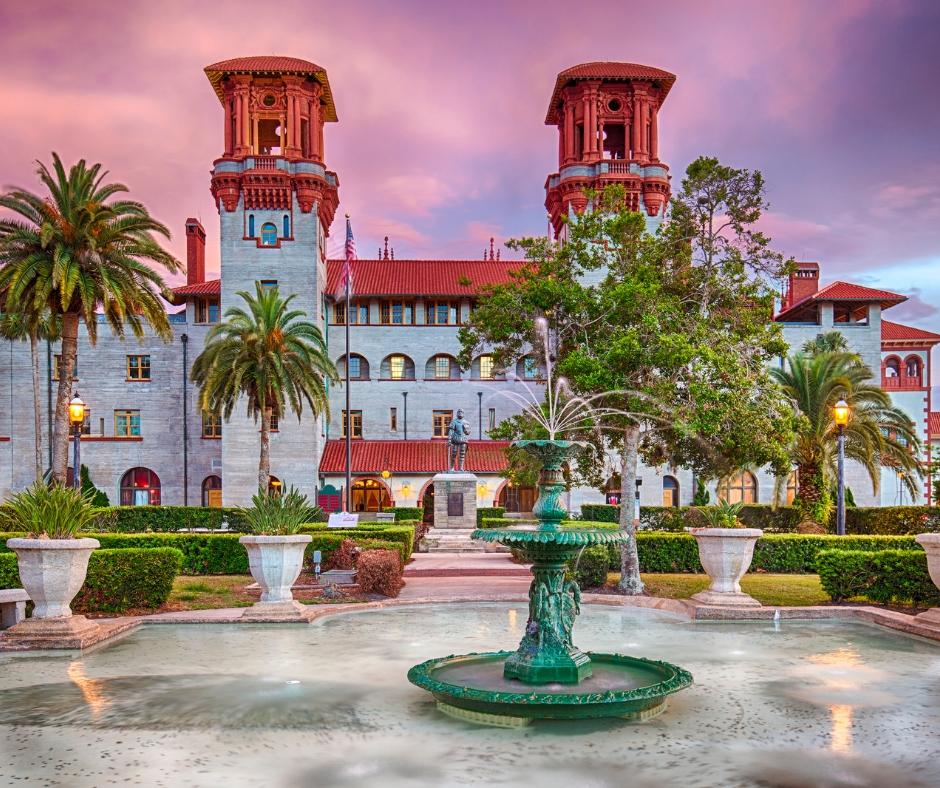Once upon a time, nestled along the eastern coast of Florida, there existed a city with a rich and captivating history. This city was none other than St. Augustine, the oldest continuously inhabited European settlement in the United States.
The story of St. Augustine began in the year 1565 when Spanish explorer Don Pedro Menendez de Aviles sailed into the calm waters of the Matanzas Bay. He had been sent by the Spanish crown to establish a settlement in this new land, and he wasted no time in claiming the territory for Spain. Menendez named the settlement St. Augustine, in honor of the Catholic saint whose feast day fell on the same day.
The early years of St. Augustine were marked by struggles and hardships. The settlers faced constant threats from pirates, hostile Native American tribes, and even rival European powers. However, they persevered, and the settlement slowly grew into a thriving town.
In the late 16th century, St. Augustine became the capital of Spanish Florida, and its importance as a military outpost grew. The Spanish constructed a formidable fortress, the Castillo de San Marcos, to protect the city from attacks. This fortress, made of coquina stone, still stands proudly today and is a testament to the city's resilience.
Over the years, St. Augustine witnessed numerous conflicts and changes of ownership. In the early 18th century, the British took control of the city, only to return it to Spain in exchange for Havana, Cuba, during the Treaty of Paris in 1783. However, the Spanish rule was short-lived, as Florida was ceded to the United States in 1821.
Under American rule, St. Augustine experienced a period of growth and transformation. The city became a popular tourist destination, attracting visitors from all over the country. Its beautiful architecture, narrow cobblestone streets, and charming atmosphere made it a favorite among artists, writers, and vacationers.
One of the most significant events in St. Augustine's history occurred during the Civil Rights Movement of the 1960s. The city became a focal point for the struggle for racial equality, as African Americans fought against segregation and discrimination. Dr. Martin Luther King Jr. himself visited St. Augustine and led peaceful protests, leaving an indelible mark on the city's history.
Today, St. Augustine stands as a living testament to its past. Visitors can explore its historic district, stroll along the bayfront, and immerse themselves in the city's rich heritage. From the narrow streets lined with Spanish colonial buildings to the ancient fortresses guarding the coastline, St. Augustine's history is palpable at every turn.
As the oldest European settlement in the United States, St. Augustine continues to captivate and inspire. Its story is one of resilience, cultural exchange, and the enduring spirit of its people. It serves as a reminder that history is not just confined to the pages of a book but lives on in the hearts and minds of those who call this enchanting city home.

